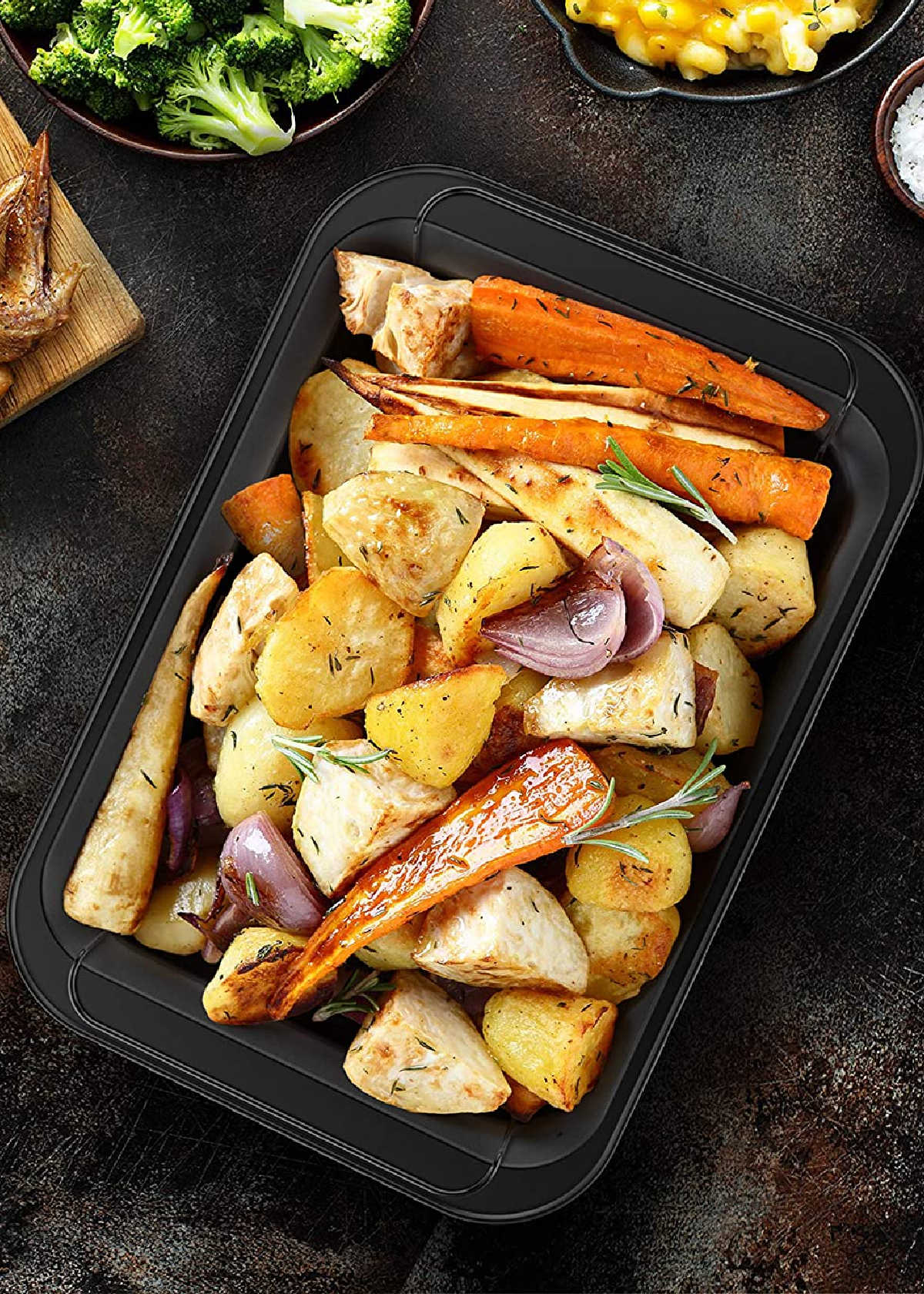Content Summary
Looking for something new and exciting to add to your culinary repertoire? Try Turkish coffee! You may be familiar with the comforting aroma of coffee that fills your kitchen every morning, but have you ever tasted the magic of Turkish coffee?
Turkish coffee is a traditional coffee preparation that has been around for centuries. It is unique in its preparation, taste, and presentation. Grab your coffee beans and let's dive into the world of Turkish coffee!



Turkish Coffee
An Overview
Turkish coffee is a style of coffee that is brewed unfiltered, resulting in a thick, sludgy texture. This coffee is also typically much stronger than regular drip coffee, making it perfect for those who need a little extra pick-me-up in the morning.
What sets Turkish coffee apart the most is the traditional way in which it is prepared. Unlike most other brewing methods, Turkish coffee is made without a filter, resulting in a more robust flavor.
The coffee is finely ground and boiled in a small pot with a long handle called a cezve (Turkish) or ibrik (Greek). Traditionally, a cezve is made from copper, but you can find them made from other materials like stainless steel.
The unique design of the pot centers around the small size and elongated handle - this helps with pouring the coffee without burning your hand. Most cezves hold enough coffee for about one to two cups, making it perfect for a home brew in the morning.
If you do decide to try Turkish coffee, just be aware that it's not meant to be chugged like your regular cup of coffee. The sludge at the bottom of the cup is part of the experience and is meant to be slowly sipped and enjoyed.




The Selection Of Beans
It's all about that fresh, authentic taste. The beans used in Turkish coffee are made from high-quality Arabica beans, which are known for their fruity aroma and bright acidity.
These beans are highly aromatic, full-bodied, and have a distinctively intense flavor. The beans are roasted to a dark, oily sheen, and finely ground to give the coffee its distinctive flavor.
When properly prepared, Turkish coffee is served in small cups and can be topped with sugar or spices to enhance the flavor.


The Difference
When you think of coffee, you think of brewing coffee in the morning by pouring water through a filter. However, that's not the case with Turkish coffee. Turkish coffee is boiled with water to produce its distinctive taste.
The heat and pressure bring out the flavor of the beans, creating a unique and bold coffee experience. It's heated on the stove, on the bed of sand, or over an open flame using a special pot.
It's also important to note that Turkish coffee is usually served unsweetened. You can add sugar, or a variety of other sweeteners, but the traditional way is to enjoy it as-is.
The Turkish Coffee-Making Process
Making Turkish coffee is simple yet ceremonial. It starts with adding water to the cezve (or ibrik), followed by the addition of very finely ground coffee. The mixture is stirred, and the cezve is then placed on the stovetop on low heat.
It's essential to keep an eye on the pot of coffee to ensure it doesn't boil over, it will start to foam with bubbles as the temperature rises.






Varieties Of Turkish Coffee
Turkish coffee is so versatile that it comes in different tastes, which can differ depending on their preparation.
For instance, there is regular Turkish coffee, where the standard ingredients are used in making the coffee, and you can also try Turkish coffee with cardamom, which is known to give your coffee a distinct taste of spice.
On the other hand, you can also try Turkish coffee with cream, which has milk added, giving a creamier texture to the brew.




How To Make Turkish Coffee
Turkish coffee is all about the details. Making Turkish coffee is a bit different from making other types of coffee. The coffee is boiled in a special pot called a cezve, which is usually made of copper, brass, or stainless steel.
The cezve has a narrow opening at the top to help create a foam called “köpük”. The coffee is brewed for a few minutes and then poured into small cups.
Step 1: Grind Your Coffee Beans
The key to a good cup of Turkish coffee is fresh, finely-ground beans. You don't want your coffee to be too gritty or powdery, so aim for a texture that's finer than an espresso grind. To get a perfect consistency, use a coffee grinder or mortar and pestle.
Step 2: Add Your Coffee To The Pot
- Fill your cezve with cold water and add two tablespoons of coffee per cup.
- Stir the coffee and water together, making sure that the grounds are fully saturated.
- Then, add in any sugar or spices (such as cardamom or cinnamon) desired.
Step 3: Heat Your Coffee Pot
- Place your cezve on the stove over low heat, allowing the coffee to slowly heat up.
- You want to heat your coffee slowly, so resist the urge to turn up the heat too high.
- Keep a close eye on the pot as it heats up to prevent boiling over.
Step 4: Let It Simmer
- Once your coffee starts to simmer (you'll see bubbles forming at the surface), start to swirl the pot gently to help create that signature frothy layer on top.
- This layer helps to lock in the aroma and flavor, so keep swirling until the foam forms.
- Once the foam forms on top, remove your cezve from the heat.
- Let it sit for a minute to allow the ground and the foam to settle.
Step 5: Serve And Enjoy
Turkish coffee can be enjoyed in many different ways. There are two main types of Turkish coffee: sade (plain) or orta şekerli (medium sugar).
The plain coffee is strong and bold, while the medium sugar coffee is slightly sweeter. Turkish coffee can also be enjoyed with a twist by adding in other flavors like cinnamon or cloves.
- Pour your coffee into a small cup and be sure to leave the foam layer in the pot.
- Serve with a glass of water on the side to refresh your palate in between sips.
- Then sit back, relax, and sip it slowly to savor the rich yet smooth flavor.




Tips & Tricks
- A few other tips for making the perfect Turkish coffee: use cold water, as hot water can make the coffee bitter.
- Additionally, grinding the coffee beans super fine is crucial to the texture and flavor of the coffee.
- Don't forget about adding spices like cardamom or cinnamon - while not necessary, they're a delightful addition to the flavor profile.
With its unique brewing method and diverse taste options, it is an exciting option you can add to your morning cup of coffee or an afternoon treat.
Need a cezve to make your Turkish coffee cup? Check out our pick below!
Preparing Turkish coffee is a simple yet essential task, giving you a well-deserved break from the high-tech coffee machines and grinders.
Grab your coffee beans and start brewing a cup of Turkish coffee today! Happy brewing!
Catchy Finds















